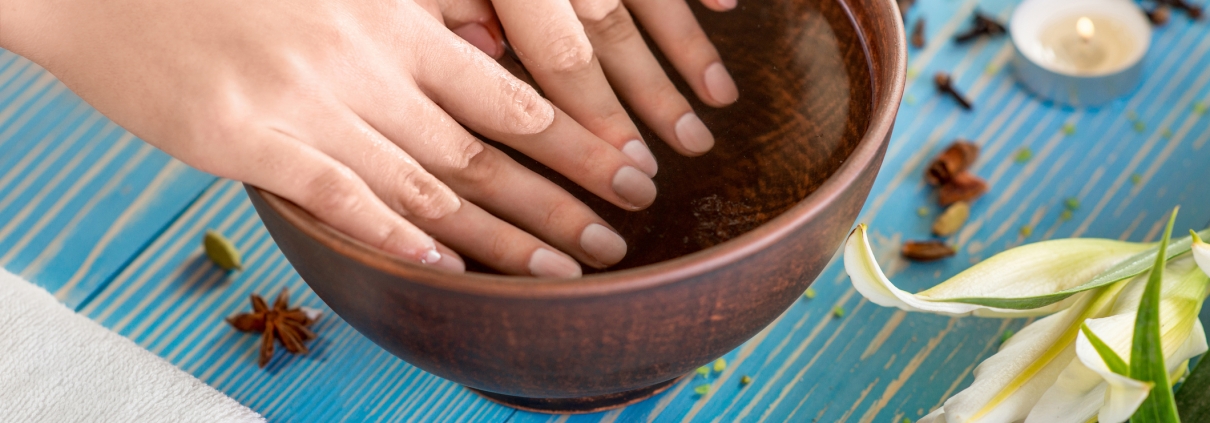A Closer Look at Nail Health
Nails are often seen as an indicator of one’s overall health, and their appearance can offer valuable insights into potential underlying issues. While many people focus on maintaining beautiful and well-groomed nails for cosmetic reasons, it is crucial to pay attention to their health. Unhealthy nails can be a sign of various underlying problems, ranging from nutritional deficiencies to systemic illnesses. In this article, we will explore the common signs of unhealthy nails and discuss potential causes.
Brittle Nails:
Brittle nails that easily chip, split, or peel can be a cause for concern. One of the leading contributors to brittle nails is a lack of moisture. Dry and brittle nails may result from excessive exposure to water, harsh chemicals, or even certain nail products. Additionally, nutritional deficiencies, particularly of biotin, a B-vitamin essential for nail health, can lead to brittle nails.
Discoloration:
Changes in nail color can be indicative of various health issues. Yellowing nails may suggest fungal infections, while a greenish tint may be a sign of bacterial infection. Dark discoloration or brown streaks may warrant immediate attention, as they could be linked to melanoma, a type of skin cancer.
White Spots:
Contrary to popular belief, white spots on nails are not necessarily an indication of a calcium deficiency. These spots, known as leukonychia, are often caused by minor trauma to the nail matrix. However, persistent or recurring white spots may be linked to fungal infections or allergic reactions to nail products.
Ridged Nails:
Vertical ridges on the nails are a common occurrence and are usually a result of aging or genetics. However, horizontal ridges, also known as Beau’s lines, may signal more serious health issues. Conditions such as malnutrition, diabetes, or peripheral vascular disease can cause these ridges, emphasizing the importance of seeking medical advice if they appear.
Clubbing:
Nail clubbing is a condition where the nails curve excessively around the fingertips, giving them a bulbous appearance. This can be a sign of underlying respiratory or cardiovascular issues, such as lung disease or congenital heart defects. If one notices sudden or severe nail clubbing, consulting a healthcare professional is crucial.
Pitting:
Small dents or depressions in the nails, known as pitting, may be associated with psoriasis, an autoimmune skin condition. Psoriasis can affect the nail matrix, causing irregularities in nail growth. Seeking dermatological advice is essential for an accurate diagnosis and appropriate management.
While many people consider nail care a purely aesthetic concern, the health of your nails can offer valuable insights into your overall well-being. Changes in nail color, texture, and shape can be indicative of various health issues, ranging from minor concerns to serious underlying conditions. Regular observation of your nails and prompt consultation with healthcare professionals can help identify potential problems early, allowing for timely intervention and proper management. Remember, healthy nails often reflect a healthy body, so paying attention to your nails is a small yet essential part of maintaining overall well-being.





